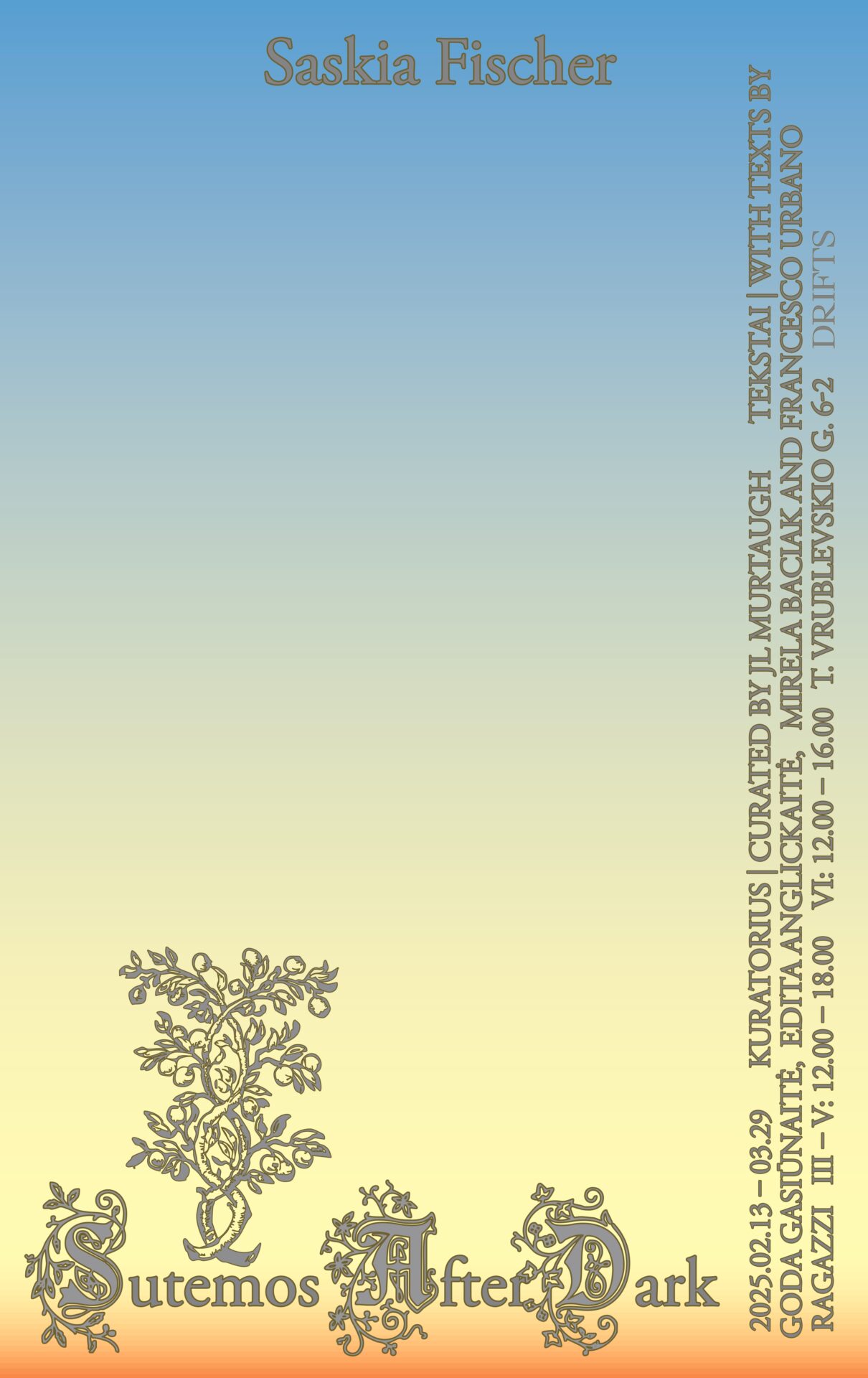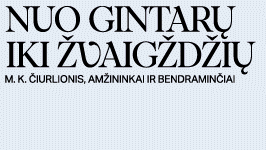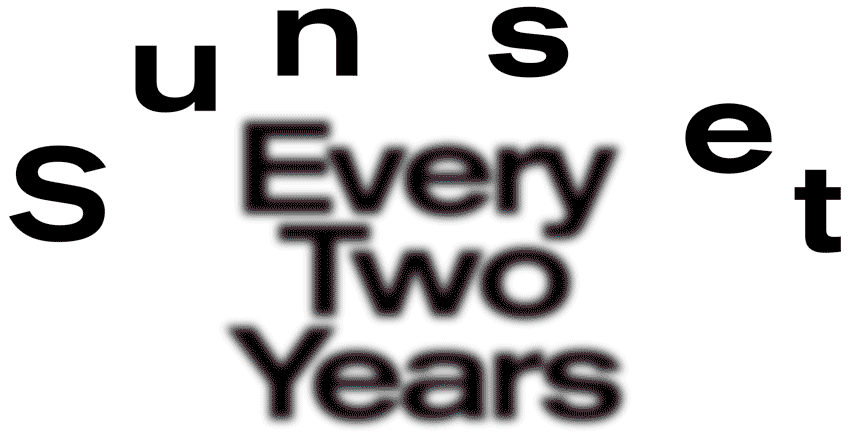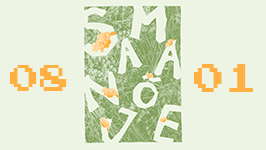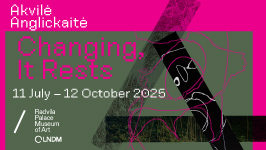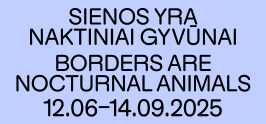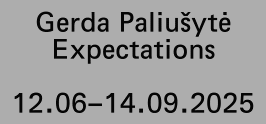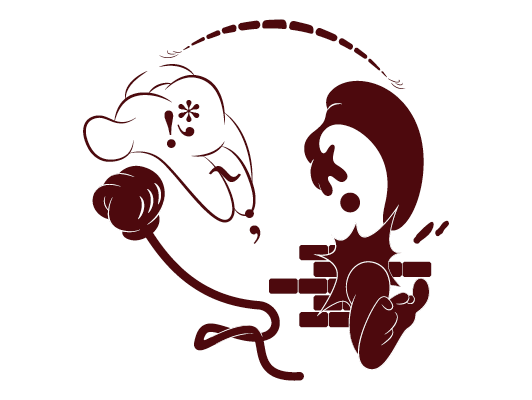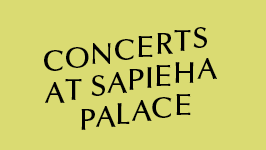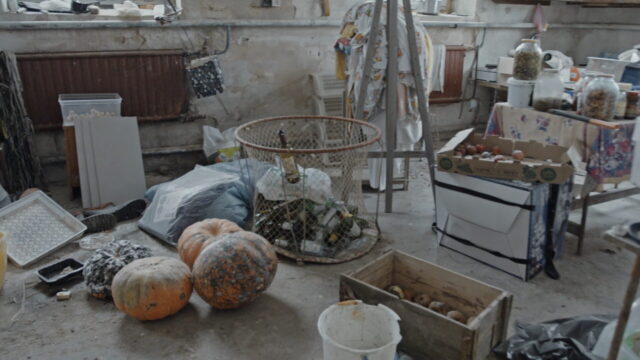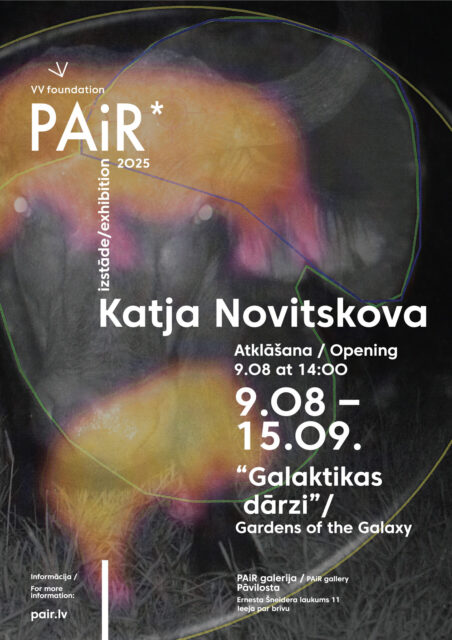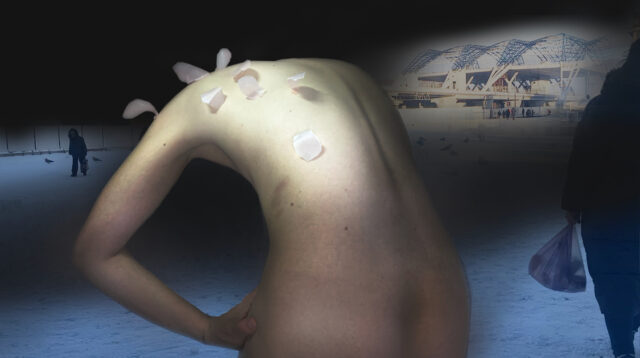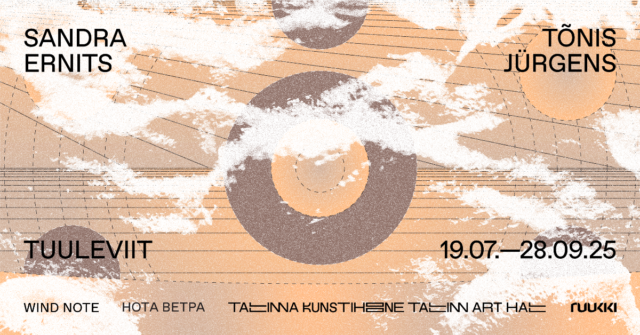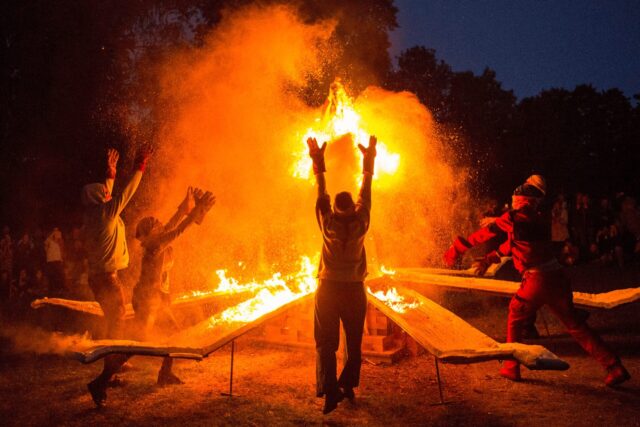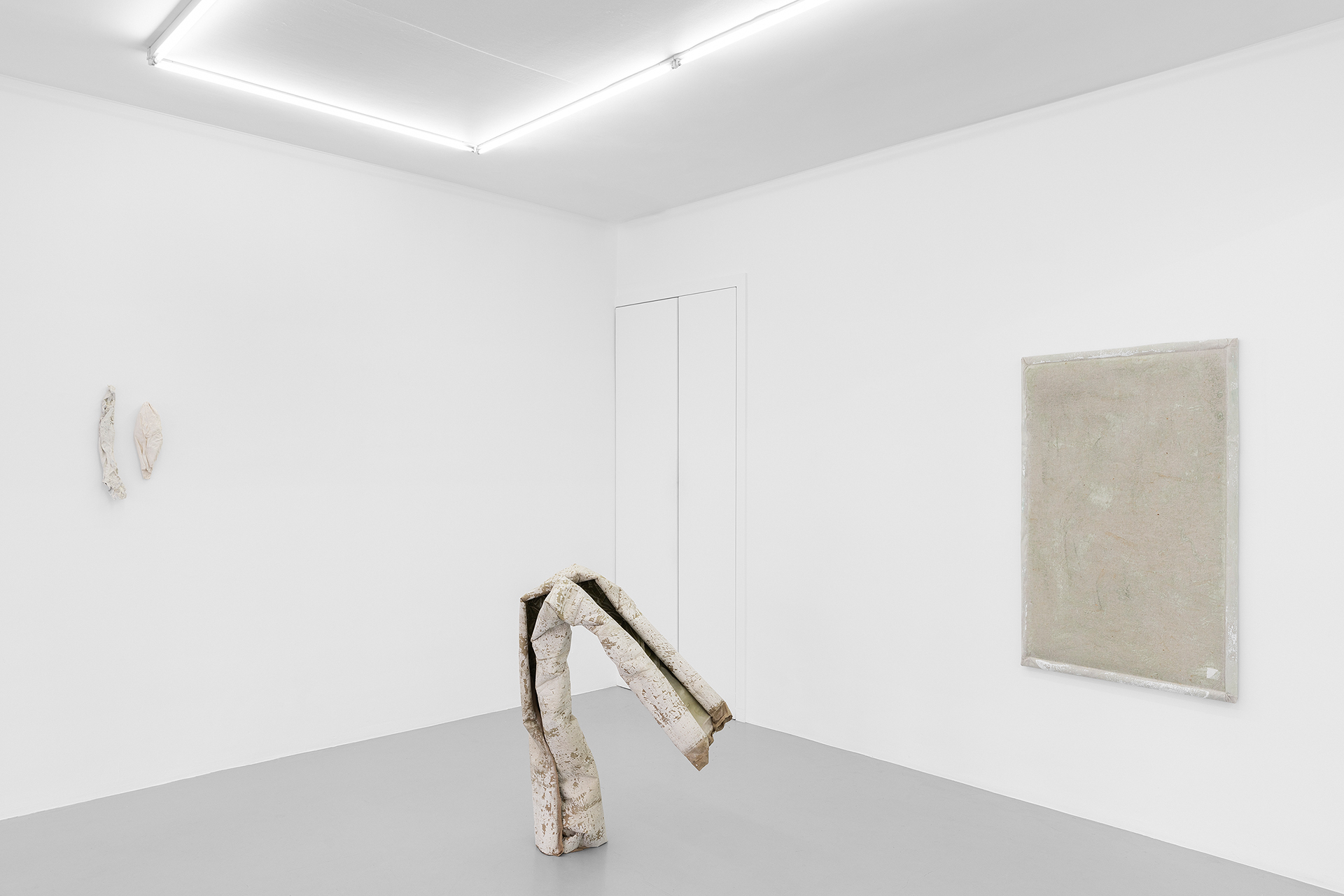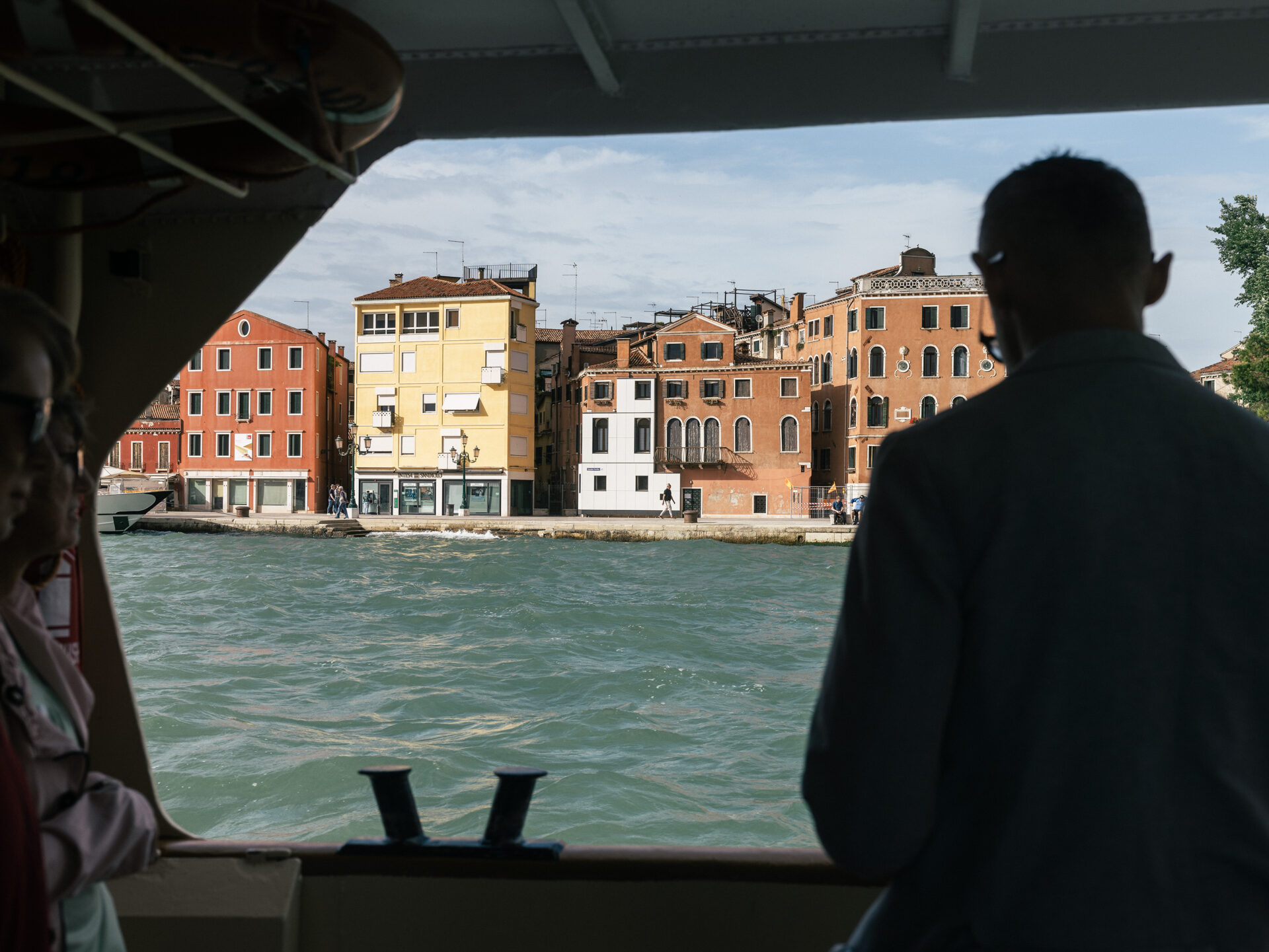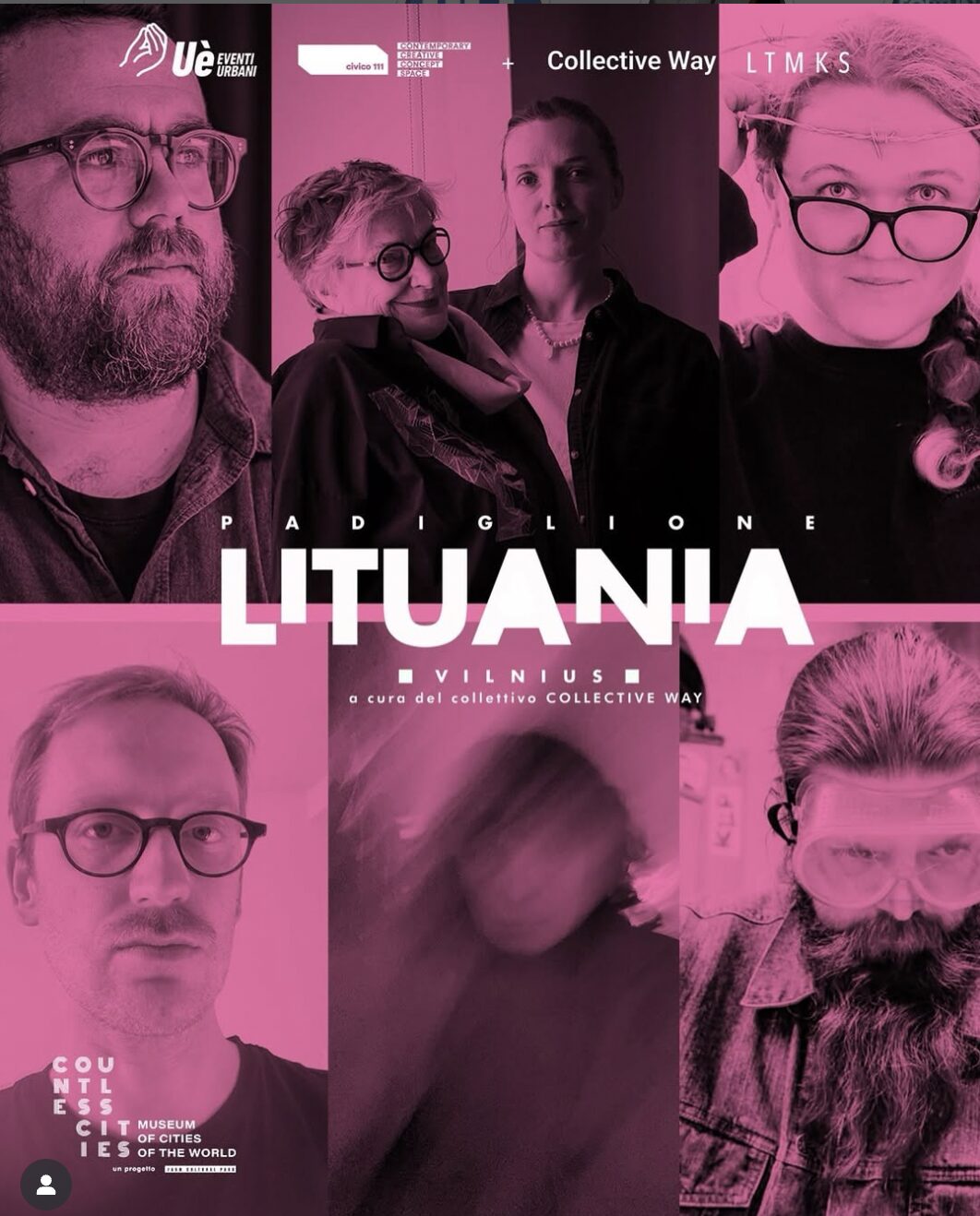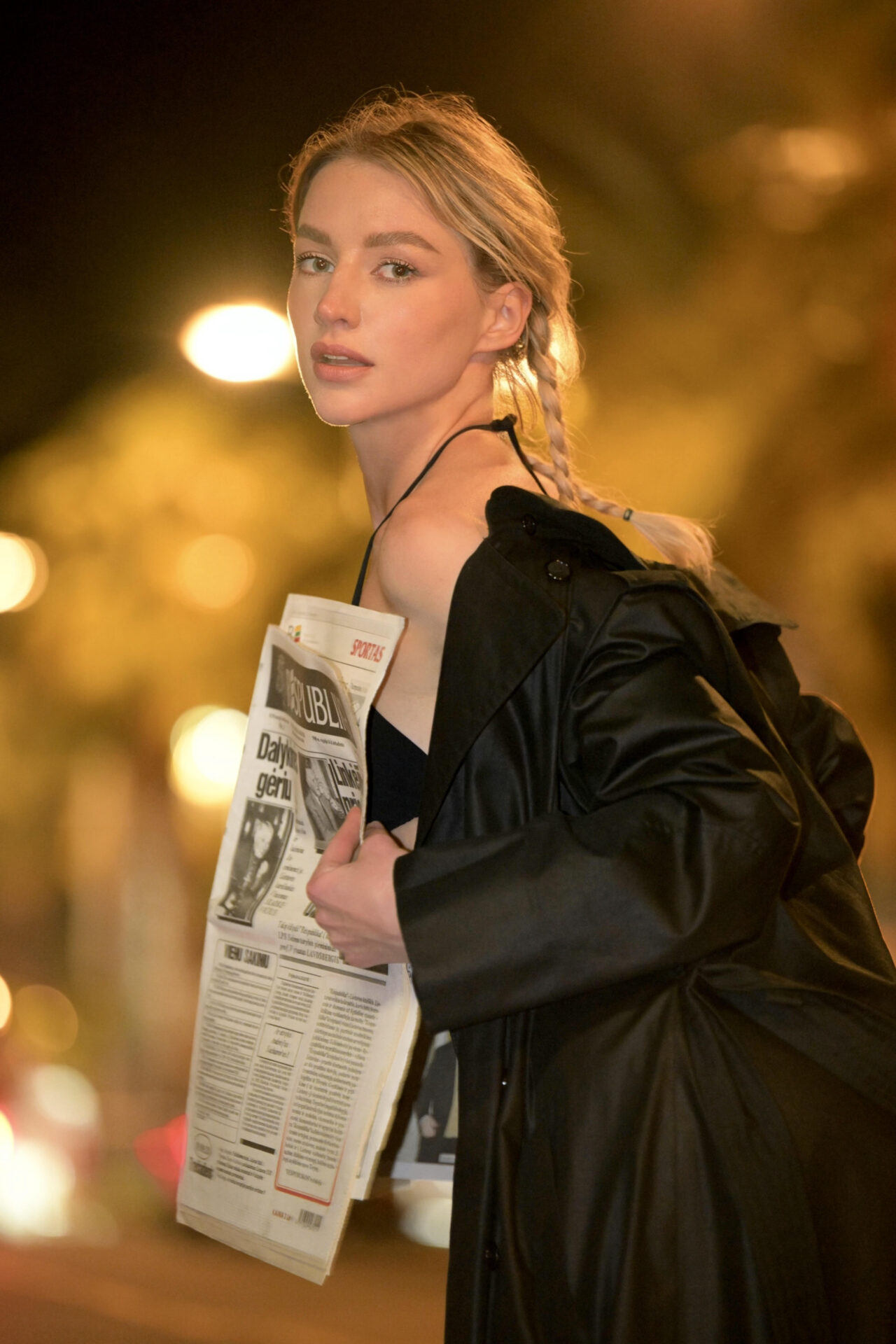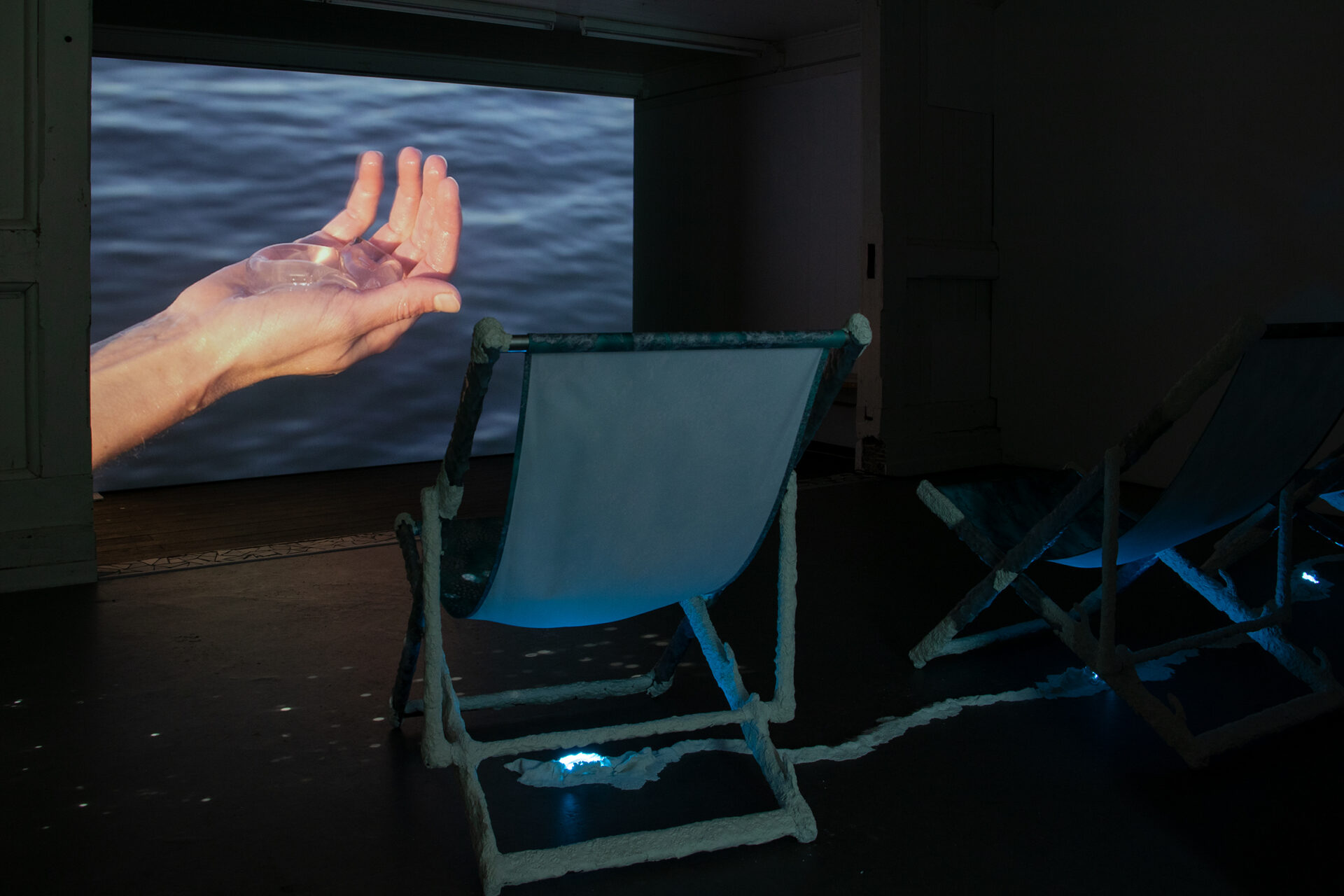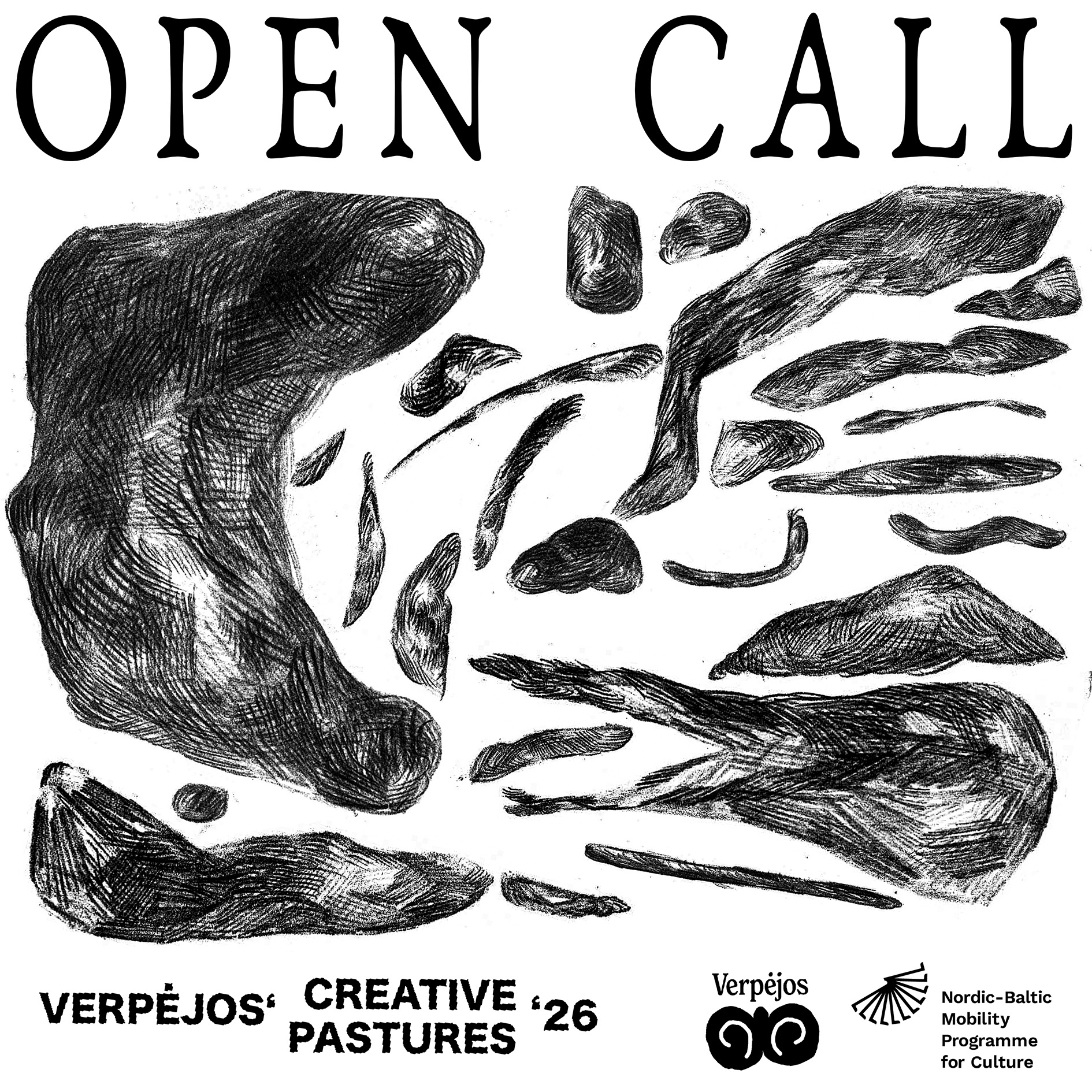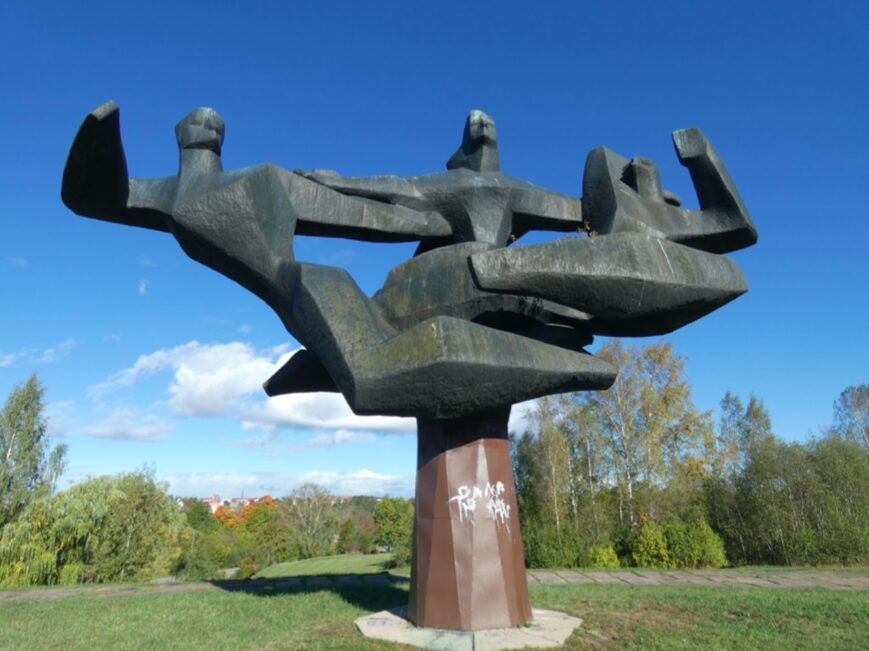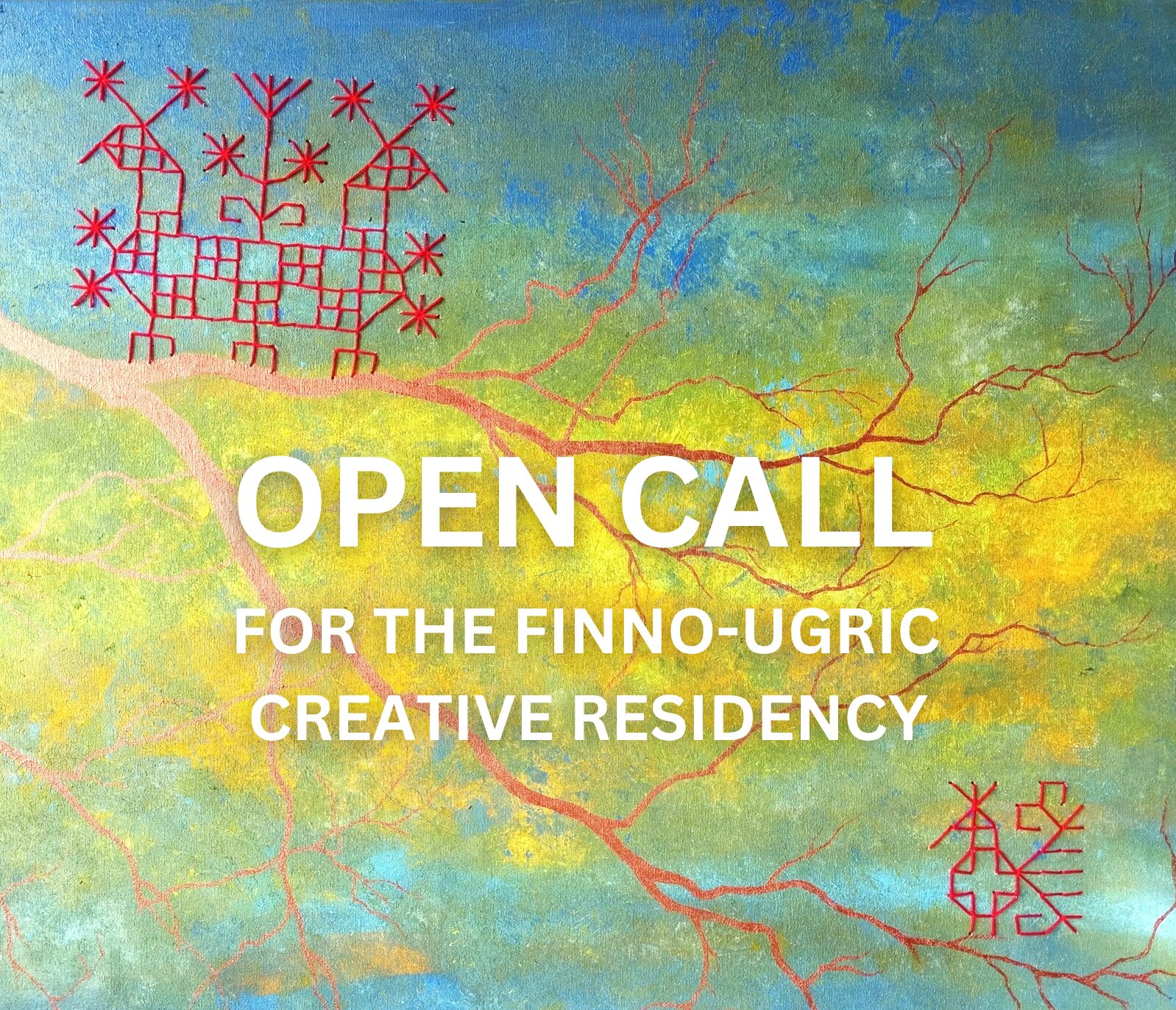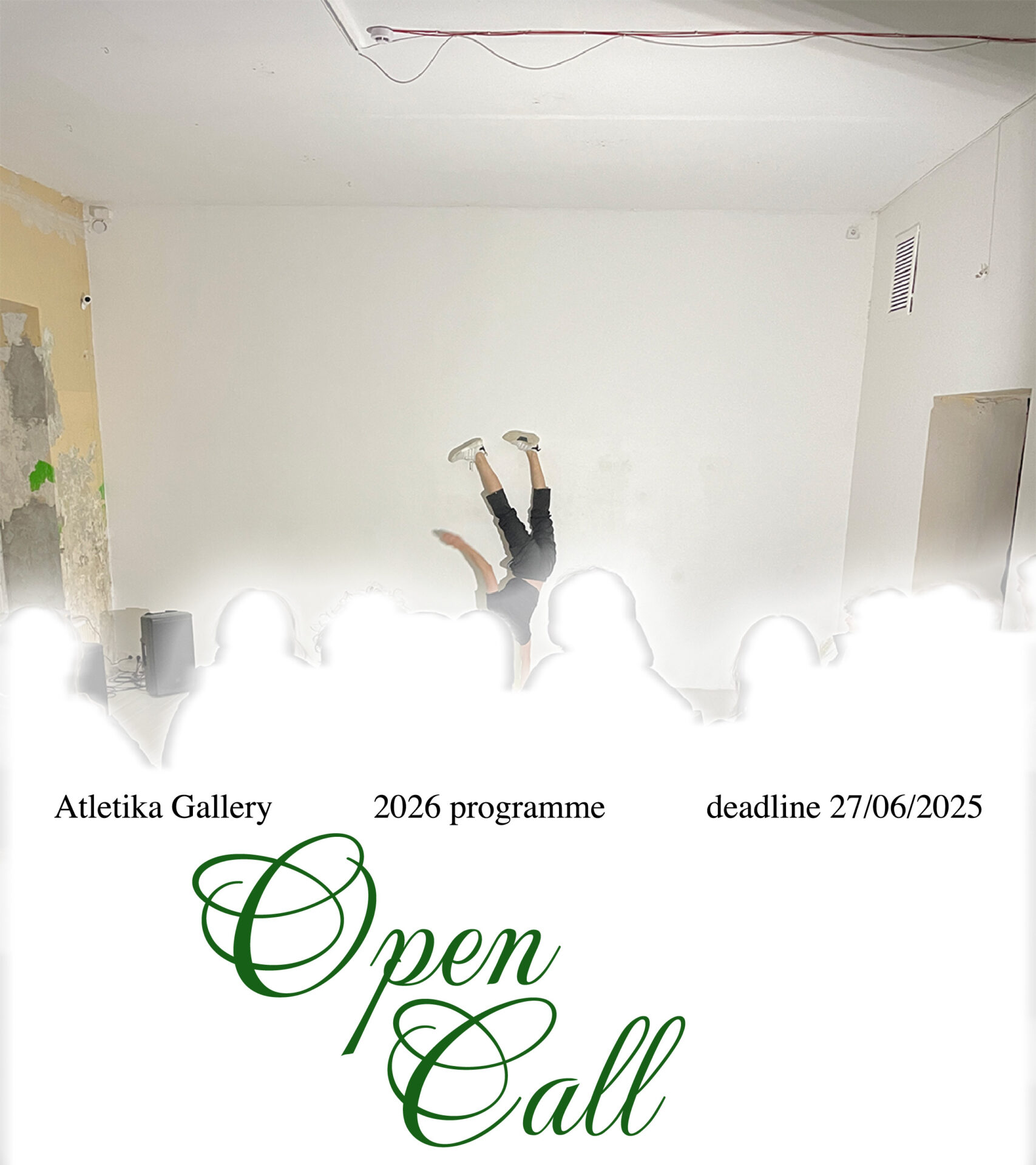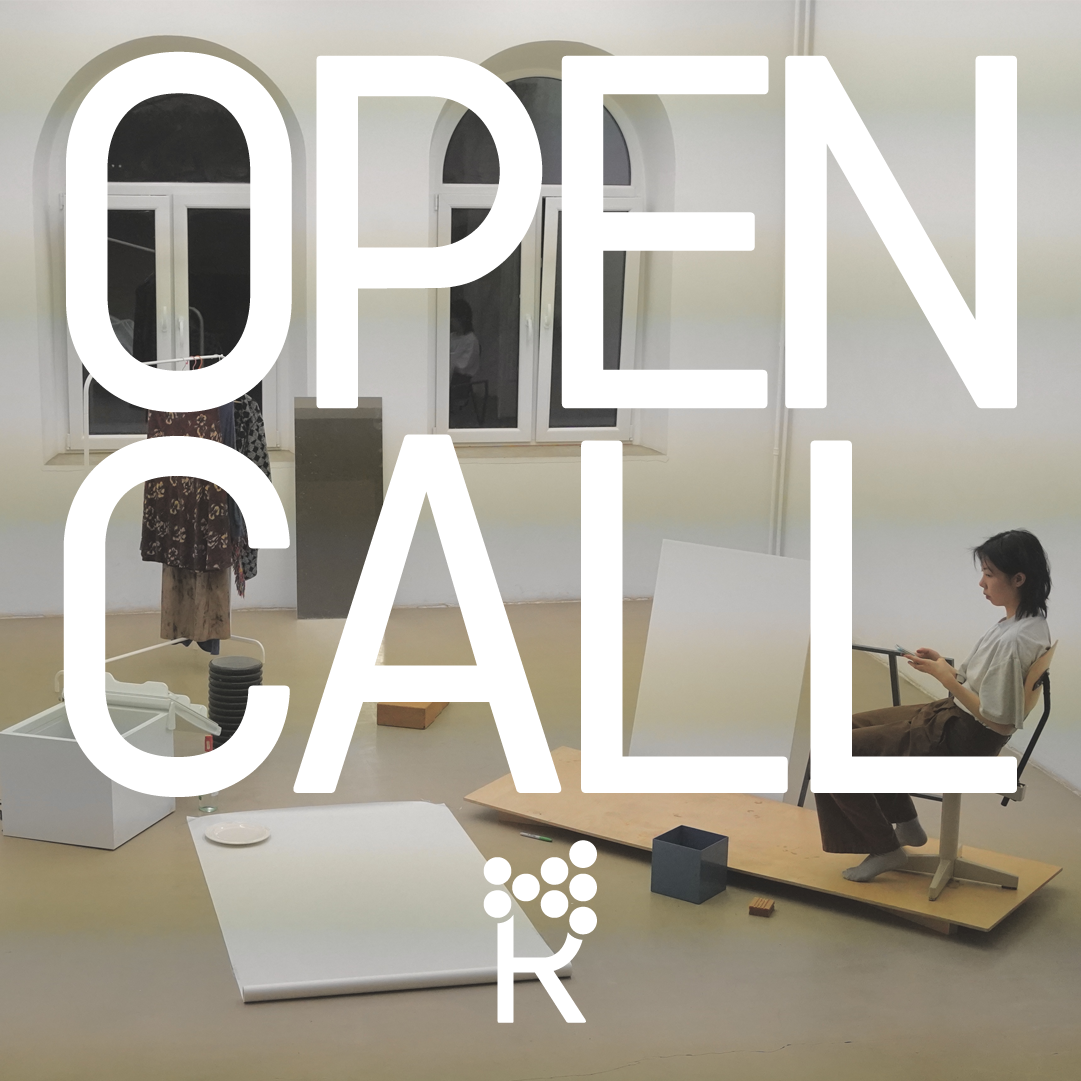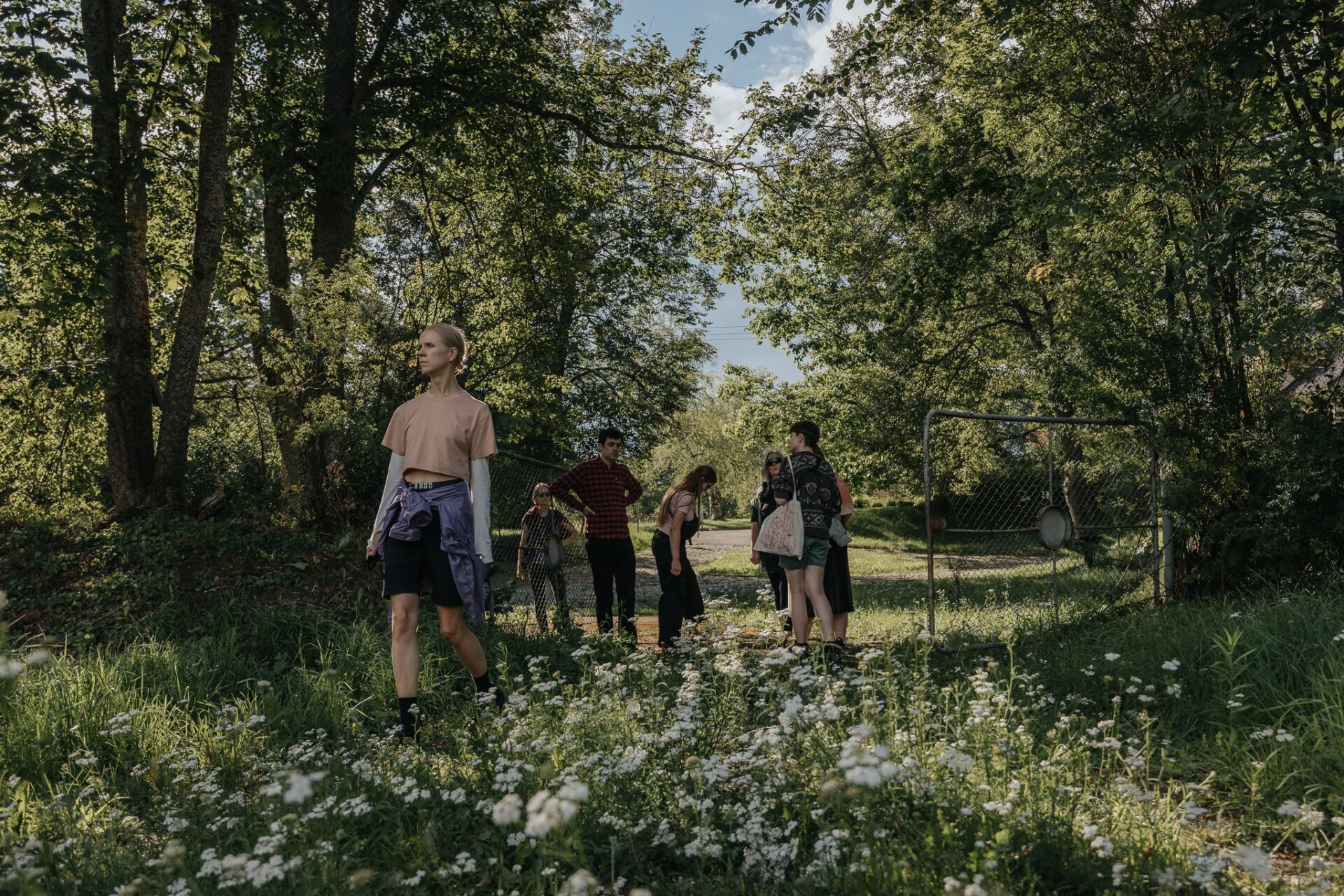On Thursday, 13 February, at 6 pm, Saskia Fischer’s exhibition “After Dark” opens at Drifts Gallery (T. Vrublevskio str. 6-2, Vilnius).
At night, as children, we dream of the unknown, and our limbs grow. As we age, we dream about what has passed, and our bodies heal.
Saskia Fischer’s first solo exhibition with Drifts Gallery, her second in Lithuania, traverses the night’s edge. Twilight contains infinite possibilities to dream, hide, and engage in other nocturnal activities, in secret and anonymous. This exhibition includes Saskia’s new film Nakties Daržininkė (The Night Gardener), a suite of four light sculptures, and four short stories by international authors.
Her work scrutinizes the complex relationships between natural and built environments. Understanding that contrast is intensely individual, influenced by each person’s intimate image of mobility, migration, gender, and identity.
The film Nakties Daržininkė (The Night Gardener) follows a surreal character roaming dim landscapes during the blue hours. We listen to their inner voice, their thoughts on being a fluctuating, migrating, shapeshifting, ever-changing character that mirrors the changing seasons. They witness the persistent human alteration of geography and its corresponding effect on individuals and their surroundings. Shot on 8mm film during the spring and autumn of 2024 on the Curonian Spit, it imagines the mythical caretakers who might act as eternal stewards of the vast lands humans can only borrow.
The colourful lanterns, fabricated from genuine antique glass, guide us through the exhibition rooms. Their glow draws us into and out of the film, mimicking a grand theatre, or an illuminated pavement. Short stories accompany each sculpture, each reflecting several of the film’s motives: dreams and cinema, care and identity, language and transience, fruit and power. These texts introduce us to the film, but also guide us away from a literal interpretation, strolling down different footpaths through this metaphorical garden.
Those with power politicize migrants as alien bodies, albeit to varied degrees and privileges. By choice or by force, by physical relocation or cultural isolation, an individual’s sense of place is continuously in flux. Each transplanted body undergoes a slow, strenuous estrangement from their former homes and the people they once were.
Saskia Fischer (born in Stuttgart DE, lives in Vilnius LT and Stuttgart DE) is an artist researching the paradigms shaping the landscape as a reflection of cultural and social values. In particular, she investigates how Western worldviews reinforce a false separation between anthropological urbanism and the concept of nature through colonial taxonomies, building artificial barriers between land and communities. Her work synthesizes architecture, mobility, urban planning, landscape design, horticulture, and art history through interdisciplinary installations, public interventions, and photography.
Saskia studied photography at Folkwang University (Essen DE), glass, sculpture, and installation at the Estonian Academy of Arts (Tallinn EE), and completed an MFA in Fine Art at Goldsmiths College (London UK). She is a lecturer and fellow at the Weissenhof Programme at the Staatliche Akademie der Bildenden Künste (Stuttgart DE), and a former resident at Cité internationale des arts (Paris FR), Hangar (Barcelona ES), Fundaziun Nairs (Scuol CH), Rupert (Vilnius LT), and Nida Art Colony (Nida LT). Recent projects include A Place Between Night and Day, Tallinn Art Hall (Tallinn EE); Zero is the Moon, Nova Space and Bauhaus University (Weimar DE); Touched Untouched, Württembergischer Kunstverein (Stuttgart DE), and LIGHTS, apiece (Vilnius LT).
JL Murtaugh (born in Chicago US, lives in Vilnius LT) is the curator of residencies and public programmes at Rupert (Vilnius LT).
Curator: JL Murtaugh
Texts: Edita Anglickaitė-Beržinskienė, Mirela Baciak, Francesco Urbano Ragazzi, Goda Gasiūnaitė
Graphic Design: Short Notice Studio
Production: Eglė Kliučinskaitė
Translation: Alexandra Bondarev
Technical Support: Vadim Šamkov
Special thanks to: Angelika Fischer, Glashütte Lamberts, Staatliche Akademie der Bildenden Künste Stuttgart, Simone Fezer, Thora Gerstner, Tilmann Eberwein, Rupert, National Gallery of Art.
